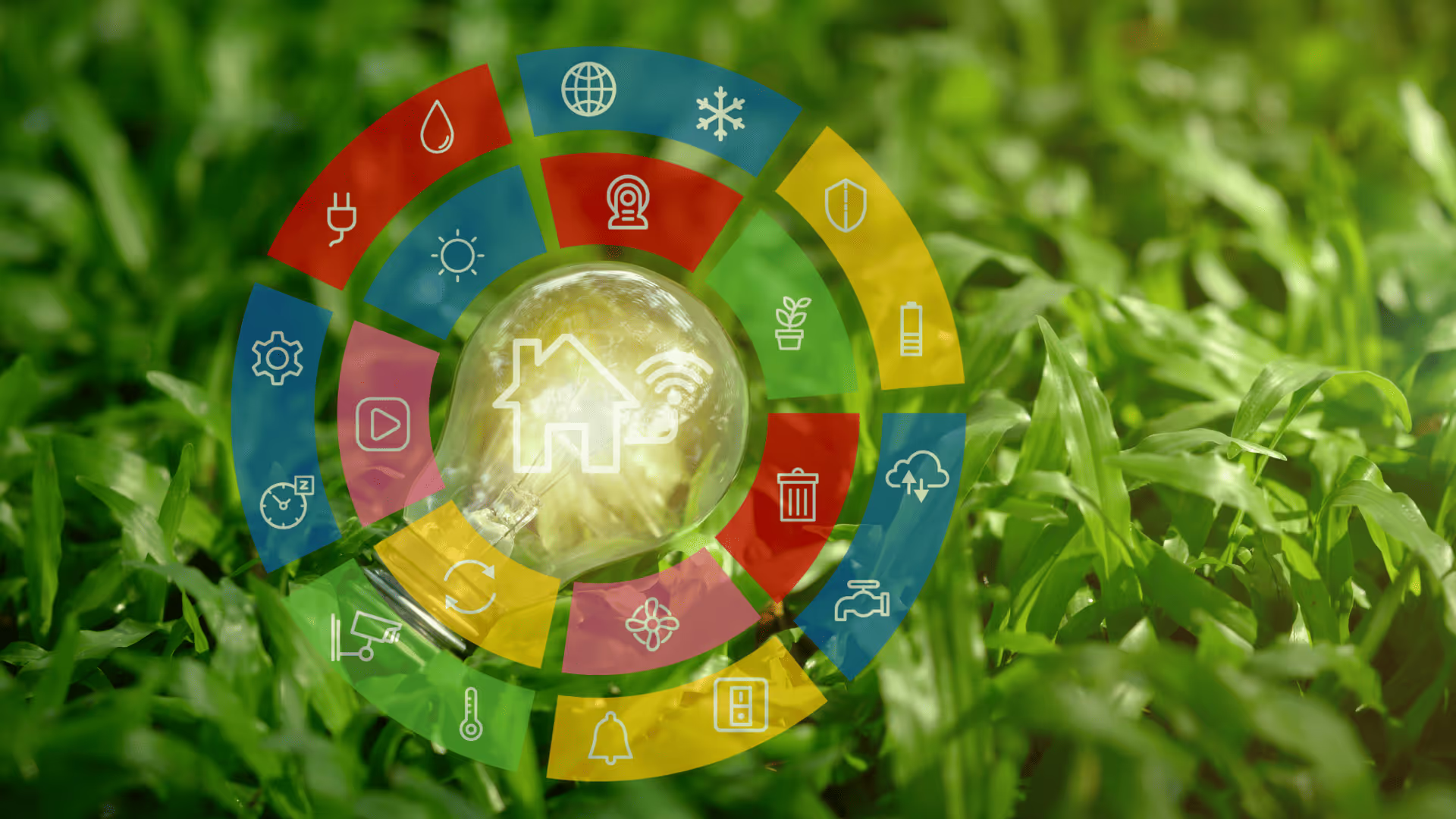
Product walkthrough, trial, POCs, enterprise offering, support and more. Speak with one of our specialists.


Product walkthrough, trial, POCs, enterprise offering, support and more. Speak with one of our specialists.

Climate changes
The Sustainable Development Goals (SDGs) are a global agenda initiated by the United Nations (UN) in 2015 with a target achievement date of 2030. The SDGs consist of 17 main goals, covering poverty eradication, quality education, gender equality, and climate action. However, as the deadline approaches, an important question arises: what happens if the SDGs targets fail to be achieved by 2030?

The impact of this failure will not only be felt by developing countries but also by developed nations, with significant consequences for the global economy, social welfare, and the environment. This article will delve into the factors behind the potential failure of the SDGs and the consequences that may arise if the targets are not met on time.
The Sustainable Development Goals (SDGs) are a continuation of the Millennium Development Goals (MDGs), which concluded in 2015. Unlike the MDGs that primarily targeted developing countries, the SDGs are universal and apply to all nations, regardless of income level. These goals provide a shared blueprint for peace and prosperity for people and the planet, now and into the future.
The SDGs consist of 17 ambitious and interconnected goals aimed at addressing the world’s most pressing challenges. These goals include:
Achieving these goals is essential to ensuring global well-being, social equity, and environmental sustainability. Despite global commitment, the path toward achieving the SDGs remains challenging due to conflicts, economic disparities, and environmental crises. Collective action and international cooperation are vital to realizing the full potential of the SDGs by 2030.
The 2024 UN SDGs Report shows that only 17% of the SDG targets are on track to be achieved by 2030, while over one-third have stalled or regressed due to global challenges such as the COVID-19 pandemic, economic instability, and geopolitical conflicts. For example, nearly 600 million people are projected to be undernourished by 2030, and extreme poverty is expected to affect around 590 million people if progress is not accelerated. Although renewable energy access has improved through off-grid solar solutions, educational progress has slowed, with declining global literacy and math scores. Moreover, developing countries face a $4 trillion annual investment gap and continue to struggle with high debt and limited infrastructure, unlike developed nations with stronger financial and institutional capacity.[ref]
Developed countries have more resources to accelerate the achievement of the SDGs compared to developing nations. This is because they have better access to funding, advanced technology, and well-established infrastructure. Their governments also tend to be more stable and capable of implementing long-term policies for sustainable development. On the other hand, developing countries still face major challenges such as poverty, limited infrastructure, and reliance on foreign aid. These conditions slow down their efforts and make it harder to reach the SDG targets .
Several major factors hinder the achievement of the SDGs, including:
If the SDGs are not achieved by 2030, the consequences will be severe and impact various aspects of life:
To avoid this bleak scenario, immediate actions must be taken, such as:
Conclusion
The failure to achieve the SDGs targets by 2030 will have severe consequences for the world in economic, social, and environmental aspects. However, hope remains if all stakeholders—governments, private sectors, and society—collaborate to achieve them. Swift and effective actions must be taken to prevent worsening consequences in the future.






















Jejakin’s green programs combine high-tech monitoring, biodiversity restoration, and community-led initiatives to deliver powerful, sustainable change across ecosystems.








